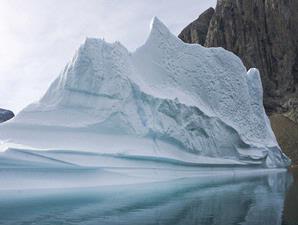The signs of the ongoing climate change that emerged in the Arctic is expected to be permanent. The signs are, among others, are more atmospheric warming in the Arctic region, the ice extent shrinking, and melting glaciers.
Likewise, among others, the contents of reports from a number of scientists, the number of scientists from the U.S., Canada, Russia, Denmark, and several other countries said, "It is unlikely that the Arctic could return to its original state."
Conditions in the Arctic was significantly greater because the area is the dominant factor in weather conditions in the northern countries are densely populated. A very heavy snowfall in the U.S., northern Europe, and Western Asia in the past winter was one of the effects of changing conditions in the Arctic.
"The winter 2009-2010 shows the link between extreme cold conditions at middle latitudes and the rain snow and wind patterns change in the Arctic-called pattern-Continent Warm Arctic Cold (Warm Arctic-Cold Continents pattern),"he disclosed in the report that launched the National Oceanic and Atmospheric Administration (NOAA).
Found evidence that rising temperatures over the Arctic at a rate faster than the increase in global temperature, two times higher than the temperature rise in low latitude

Tidak ada komentar:
Posting Komentar